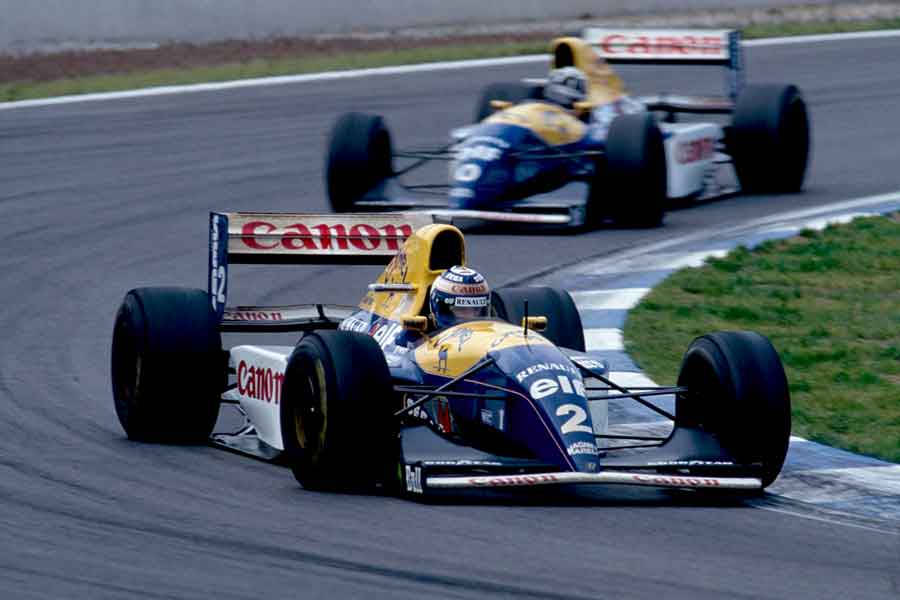Williams FW15C - A Marvel of Its Time
The Williams FW15C was the car which won both Formula 1 World Championship titles in 1993, the last year before the FIA banned electronic aid to drivers. This car is definitely one of the best and most successful cars designed by the Grove-based team and absolutely deserved its almost iconic status among the fans.
Sophisticated and dominant
Williams team dominated Formula 1 in the early 1990s and FW15C was one of the best cars designed by Patrick Head and Adrian Newey. Nevertheless, many are thinking that Williams FW15C was the most technologically sophisticated Formula One car of all time, incorporating anti-lock brakes, traction control, and active suspension.
Built around the highly successful FW14B which won both F1 titles in the previous year, the new car was even better and even more dominant. Probably the decisive role played Adrian Newey who did a wonderful job on the field of aerodynamics. The nose of the car was narrower than on its predecessor. The FW15C also had sleeker airbox and engine cover, as well as better shaped sidepods. Another big change in the field of aerodynamics was the bigger rear wing used at the circuits with a high downforce.
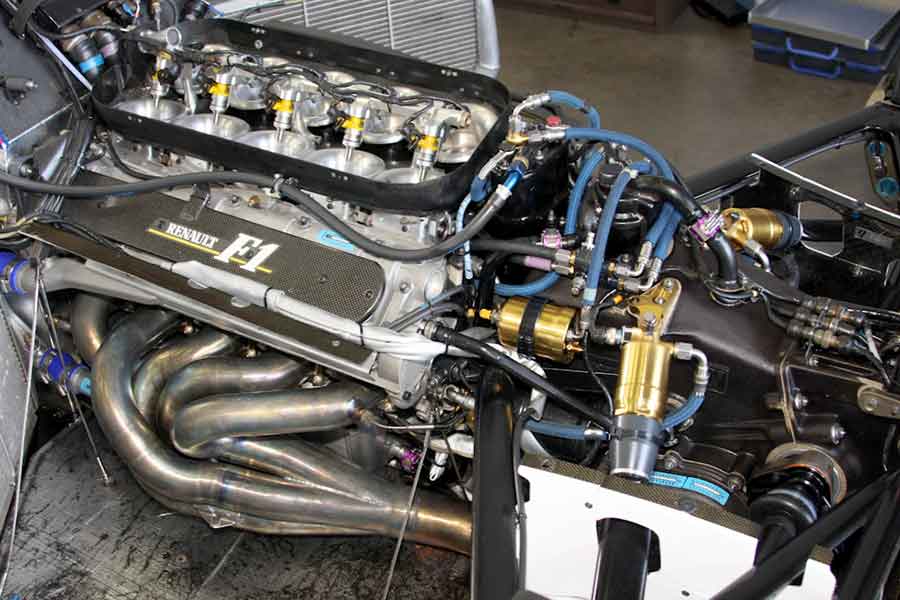
Renault RS5 engine, Williams FW15C
The pretty reliable Renault engine had 30 more horsepower than its predecessor, fuel tank was slightly smaller, but the new car also had an ABS braking system which wasn’t available on FW14B. The new car FW15 was ready and prepared for racing in August of 1992 but after FW14B being good enough, the launch was delayed for the next season. Adapted to minor regulations changes, that car made competition debut at the start of the 1993 season as the FW15C.
New drivers for the new success
In addition to the new car, Williams team in 1993 also had a pair of new drivers. The reigning champion Nigel Mansell left the team and Formula 1, while Riccardo Patrese signed with Benetton. The three-time F1 champion Alain Prost arrived at Williams and was accompanied by Damon Hill who was team’s test driver.
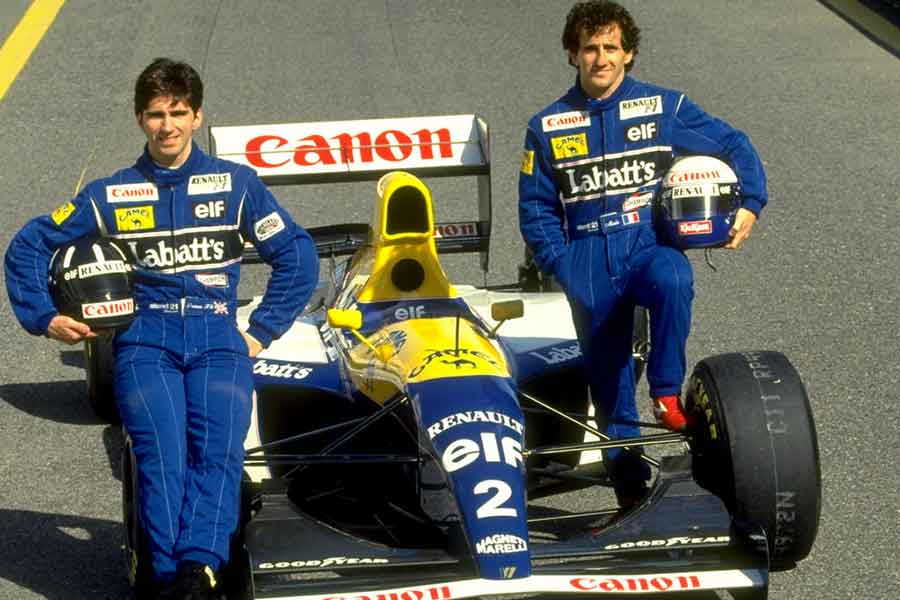
Damon Hill and Alain Prost, 1993 Williams
The car was so superior to the rest of the grid that it was logical to win both titles. Alain Prost for the fourth and the last time was crowned as a champion, while Williams won Constructors’ title with an advantage of 84 points to its closest rival McLaren.
Not so perfect start of the season
The 1993 Formula 1 season started in South Africa and Prost won the race at Kyalami but Hill retired after a collision with Alex Zanardi. The following race was in Brazil where Hill finished 2nd but this time his teammate retired after a collision with Christian Fittipaldi. In the epic European Grand Prix at Donington Park, Ayrton Senna won the race leaving Williams’ pilots at 2nd and 3rd position respectively.

Hill driving a Williams FW15C
In the following two races at Imola and Circuit de Catalunya, Prost was victorious, but Hill retired from both races due to brakes and engine failures. After five races, Prost topped the standings, only two points ahead of Senna. In the Constructors’ championship, Williams was 12 points clear of McLaren.
Prost’s winning stream
Hill finished 2nd in Monaco, while the French ’Professor’ was 4th. However, after that race, Prost scored four consecutive wins what probably was decisive in the Drivers’ championship battle. He triumphed in Canada, France, UK, and Germany, while Damon did well in Canada (3rd) and France (2nd).
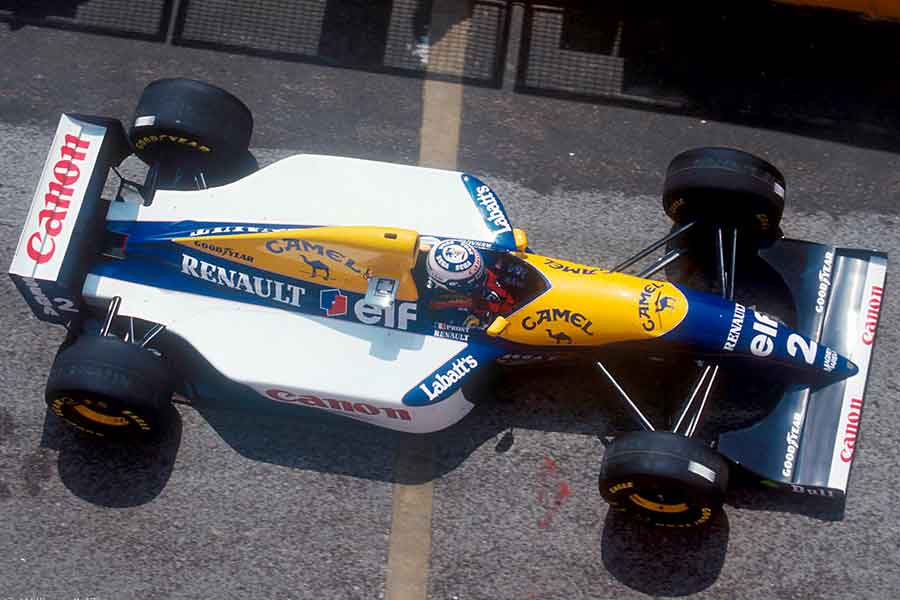
Alain Prost, Williams-Renault FW15C, Imola, 1993
With six races remaining, Prost topped the standings having 27 more points than Senna. In the Constructors’ championship, Williams was superior and had a 52 points advantage to McLaren, so one trophy was almost clinched.
Hill in the form
During the season British pilot announced that he can achieve a lot in Formula 1 in a foreseeable future. It was confirmed after he won three consecutive races, in Hungary, Belgium, and Italy. Surprisingly, Prost started from pole position in each of those races, but only at Spa, he picked some points after finishing 3rd. In other two races, Frenchman finished 12th after having technical issues.

Damon wins 1993 Hungarian Grand Prix
Luckily for him, Senna also underachieved and with three races to go, Prost still had a comfortable lead of 23 points to Brazilian. At that point of the season, Williams already had one trophy secured after having an unattainable advantage in the Constructors’ championship.
Another title was secured in Portugal
Interestingly, Williams failed to win any of the last three races of 1993 campaign. However, Prost won the Drivers’ title after finishing 2nd in the Portuguese Grand Prix, while his teammate completed the podium by finishing 3rd.
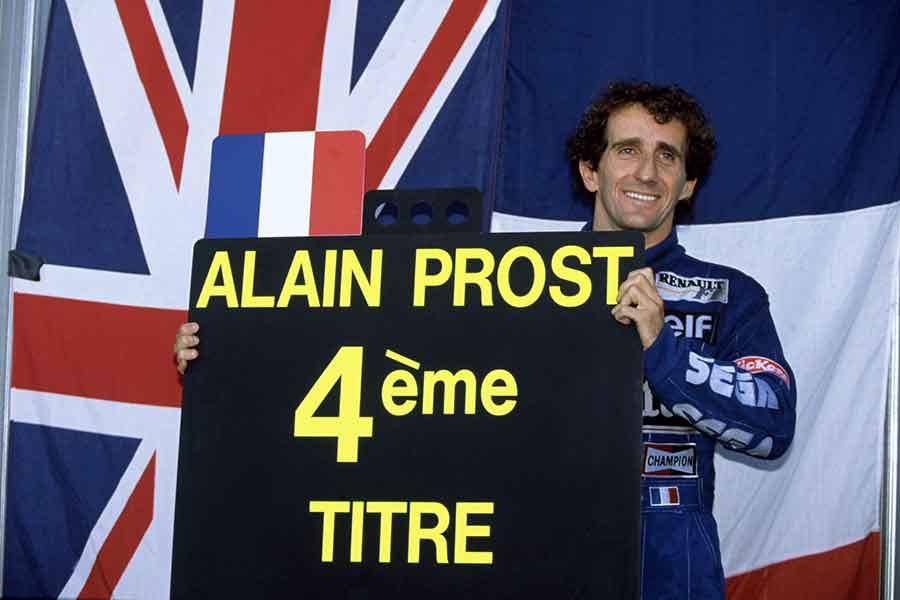
Alain Prost won his fourth F1 title with Williams FW15C
Prost also finished 2nd in the two remaining races in Japan and Australia. On the other side, his teammate also had a strong finish of the year taking the 4th position at Suzuka and the 3rd place in Adelaide. At the end of the season, Prost had 99 points on his account, 26 more than runner-up Senna. Hill finished 3rd overall with 69 points.
What do the numbers say?
The numbers scored by Williams FW15C during 1993 Formula 1 World Championship are really impressive. The team scored 10 wins out of 16 races, seven by Prost and three by Hill. French driver also scored 13 pole positions, while the British racer twice was the fastest in qualifying. Williams FW15C also had 10 fastest laps, 6 scored by Prost and 4 by Hill.

Williams Formula 1 team in 1993
Williams FW15C technical specifications
| Chassis | Carbon fiber and Aramid monocoque |
| Length | 4.250 mm |
| Width | 2.000 mm |
| Height | N/A |
| Weight | 505 kg |
| Wheelbase | 2.921 mm |
| Axle track (front and rear) | 1.670 mm/1.600 mm |
| Suspension (front and rear) | Pushrod, Williams hydropneumatic active suspension system |
| Engine | Renault RS5 67° V10, mid-engine longitudinally mounted, 780 bhp/582 KW @13.800 rpm |
| Gearbox | Williams 6-gear semi-automatic |
| Electronics | Magneti Marelli |
| Brakes | Ventilated carbon carbon ceramic discs |
| Fuel capacity | 210 l |
| Fuel | Elf |
| Tyres | Goodyear |
Youtube video – Williams FW15C
Photo: pinterest.com wallpaperup.com f1fanatic.co.uk formula1.com f1racinggrid.co.uk
ultimatecarpage.com


